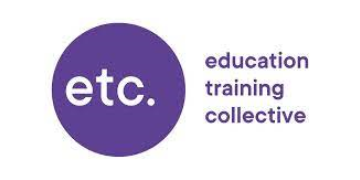A £2.3 million mentoring scheme to reduce absence reached less than half of the intended children in its first year, and only half of those reached saw attendance improve.
Launched in 2022, the Department for Education said its mentoring pilot would support “500 to 1,000 pupils” in its first year across Middlesbrough.
The charity Barnardo’s was awarded the contract, which has since been extended to cover five further areas. A £15 million expansion is planned to reach 10,000 pupils.
But an official evaluation of the first year of the Watchtower Project pilot by York Consulting, published today, found just 223 pupils progressed to receive support through the scheme.
Attendance mentors were employed to work with pupils who were identified by
schools as persistently or severely absent from school.
Mentors met with pupils “on a weekly basis to provide bespoke support to them and their families over a recommended period of up to 20 weeks”.
Only 339 pupils were referred by schools and early help services.
The “most common reason for cases not to progress was because pupils, parents or carers did not engage with the mentor”.
Factors that constrained pupil and parent or carer engagement “included the requirement for schools to obtain parental consent prior to making the referral and some families being tired of the number of different services that had previously been involved with them”.
“Other challenges included an uneven flow of referrals, delays in the pilot launch, and a slow initial flow of referrals. These factors impacted on some mentors’ ability to meet pupils weekly and limited the extent to which the project could impact on attendance in the pilot year.”
Half of pupils had improved attendance
The “indicative evidence” suggested that 50 per cent of pupils supported by the pilot achieved “improved attendance”.
It also suggested “that some of these improvements may be sustained beyond completion of the mentors’ support”.
“Of those who saw improvements in attendance, there was an average increase of 11 percentage points during the period over which the intervention was delivered, from 53 per cent at the start of the intervention to 64 per cent during the intervention.”
Whilst numbers “are small, slightly higher proportions of severely absent pupils had
improved their attendance by the end of the intervention compared to those that were
persistently absent”.
Pupils and families “reported a range of other positive outcomes achieved including
improved mental health, better routines, better attitudes to learning, engagement in
positive activities, higher attainment and financial barriers addressed”.
But for 36 per cent of completed cases, pupils “had experienced a decline in
attendance during the intervention”.
The report concluded that outcomes from the support “included increased attendance, improved mental health, better routines and attitudes to learning, engagement in positive activities and financial barriers addressed”.
“For some pupils, the attendance improvements achieved would likely be sustained after the intervention, Equally, in other cases attendance had declined or the improvements observed were unlikely to be sustained.”
Recommendations included for schools and mentors to share their experiences amid the wider rollout.
Expectations for mentors and schools should also be set out “more explicitly”, including around planning for when pupils lose their support.
It comes as the latest attendance data published by the DfE showed that 150,000 pupils missed more school than they attended last year.
Two per cent of pupils were “severely” absent in 2022-23, meaning they missed more than 50 per cent of half-day sessions, up from 1.7 per cent in 2021-22, and far above pre-pandemic rates.















Your thoughts